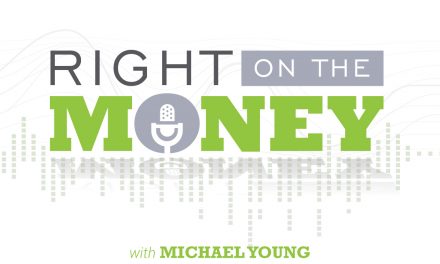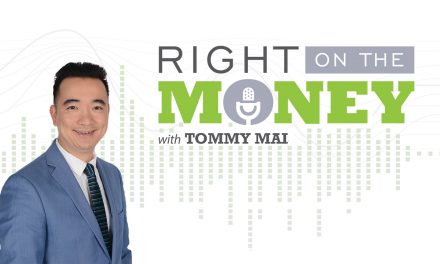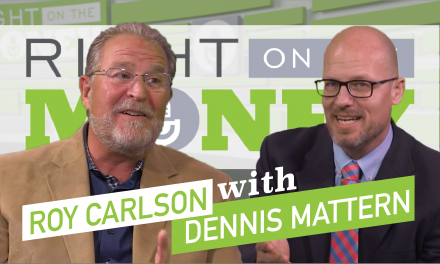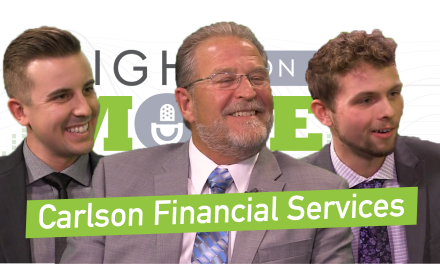It’s Time to Have a Talk with the Person in the Mirror
Market volatility can create internal conflict with even the most experienced investor. On one hand, there’s the disciplined rationale to stay the course through troubled times, while on the other hand, the feelings of loss generate emotional fear and temptation to withdraw from the market all together. Financial advisors are quick to point out the historical recovery and returns of the market over the long haul, but sometimes they lack the bedside manner that comes with a pastoral visit in times of personal loss.
Investor behavior during turbulent markets is the wild card in portfolio management. It’s the loose cannon firing its angry round as it rolls down the slope of a descending market decline. During these schizophrenic episodes—between the rational and the emotive—most investors default to prior bias and make impulsive moves in the moment they generally regret in the future. The root causes of investor discontent can often be traced to their own “unknown” risk tolerance, a lack of financial understanding of the products they purchase and the absence of a correlated financial plan. It’s not an end-all diagnosis, but it is a place to begin to build out your financial profile. You need to who you are and why you do what you do in periods of pressure.
Often financial advisors trumpet the long haul returns of the market and there’s no disputing the history of these claims. But if history is no indication of future performance, why point to a “mountain chart” to relieve the anxiety of an investor? If the anxiety of an investor can’t handle the roller coaster rides of the market, they may simply be unsuitable for the risk. But you can’t know unless you undergo a risk-tolerance test to determine your risk and reward thresholds. Most risk-tolerance tests are generally profiling questionnaires that reveal your disposition toward money. Some investors may discover they are savers in disguise and happy with a 3-percent net return over five years because less-stress living has its own return.
Sometimes, securing the facts and the understanding of the math can be an antidote to a mind sick with worry and frayed feelings because of loss. If you’re going to be emotional about your money, you at least can be an informed emotive.
For example, the history of nominal returns is not the same as real returns. To come to some reasonable estimate of real returns, you need to debit the cost of the financial product, the advisory fee, retirement plan administrator expenses and any taxes paid because of internal transactions. The full disclosure of financial product expense loads may not have been cited at the required delivery of the product’s prospectus. The statement of additional information, which is not a delivery requirement, generally contains other costs in addition to the prospectus.
The architecture of a plan generally includes three basic strategies to accomplish those goals and tactics to support the strategies—financial planning is no different, but correlated financial planning is an art form. It takes into consideration the cost of the financial products, the tax implications, the disclosed risk and reward, as well as the fees of advisory engagement. It’s a blueprint for building income and wealth; a road map with mile markers along the way to a fixed destination. It’s navigating the nocturnal oceans with a sextant against the horizon and heavens, always making adjustments along the way to stay on course.
Syndicated financial columnist and talk show host Steve Savant interviews Stephen Stricklin, certified financial planner and registered investment advisor. Stephen is one of the top five advisors in the nation according Retirement Advisor magazine, a leading industry publication.





